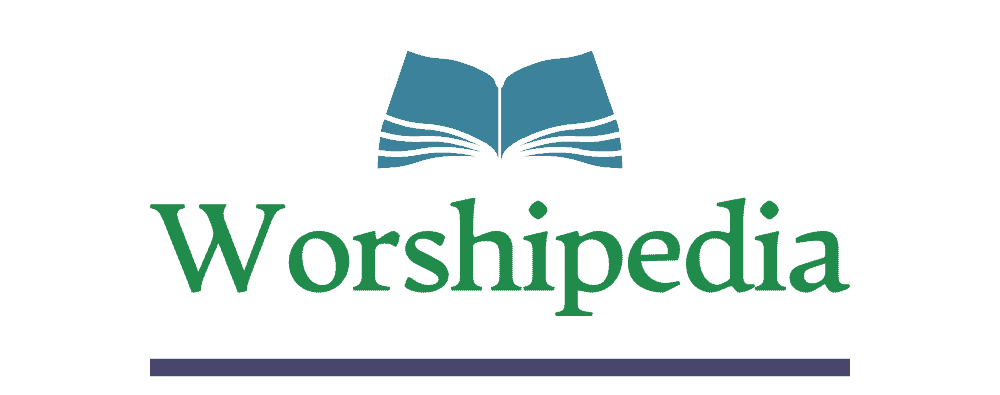Questions to Ask about Your Worship Space
This article asks the kinds of questions that force congregations to think about the power of their worship space to form worship that is faithful to the gospel and meaningful to all participants. The questions are asked in light of the Reformed tradition, but can be modified to reflect the specific theological commitments of any given worshiping community.
